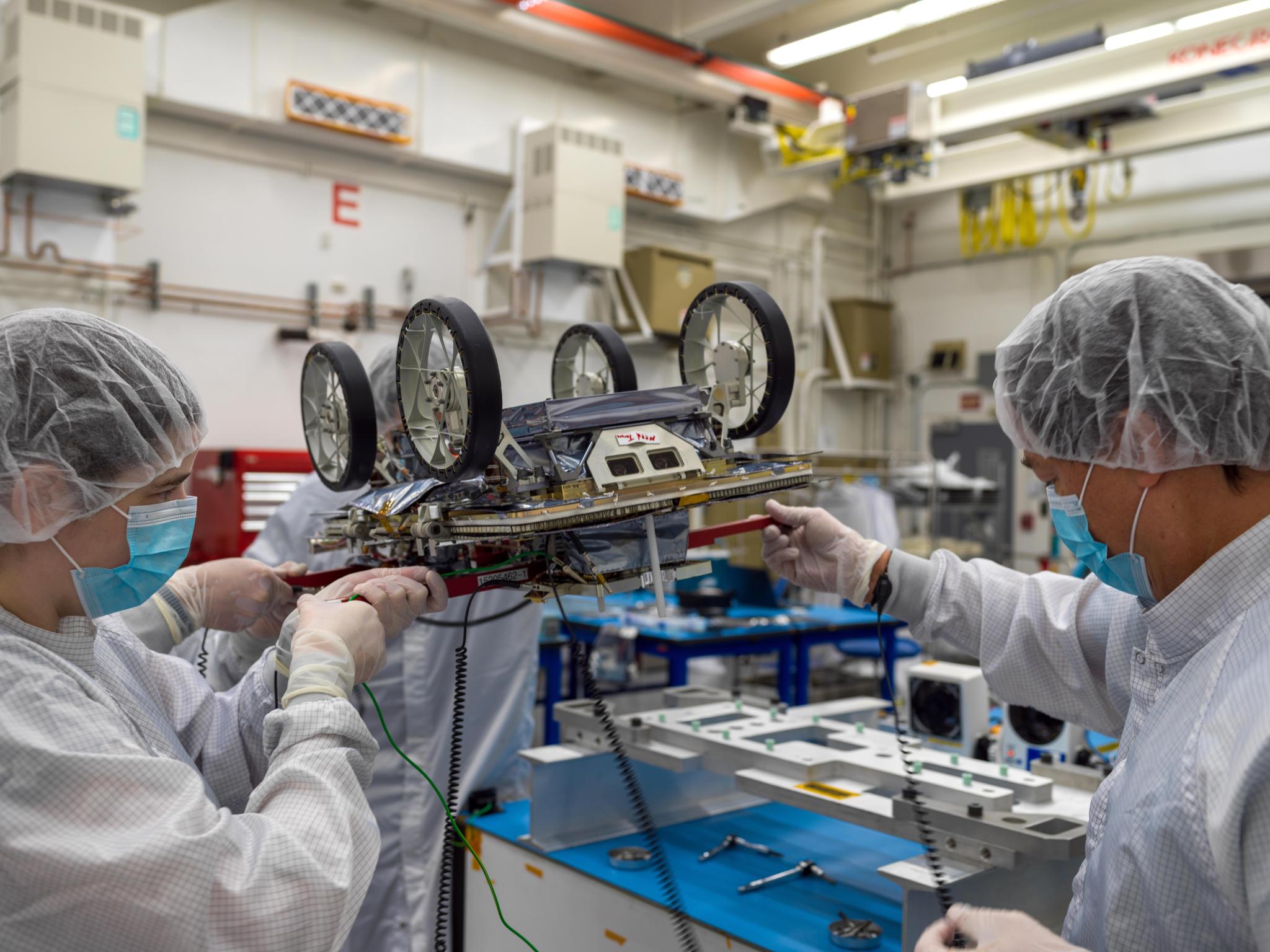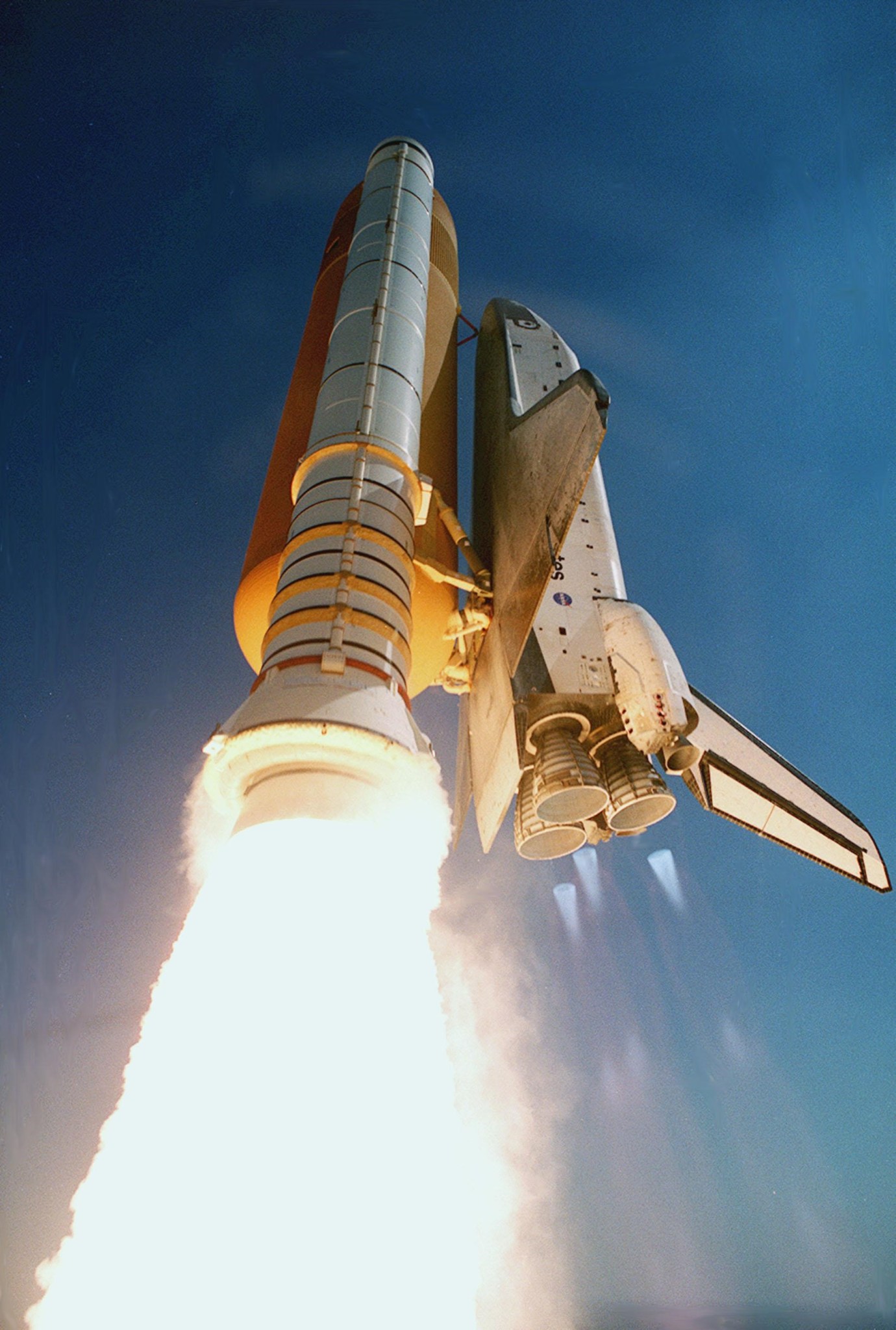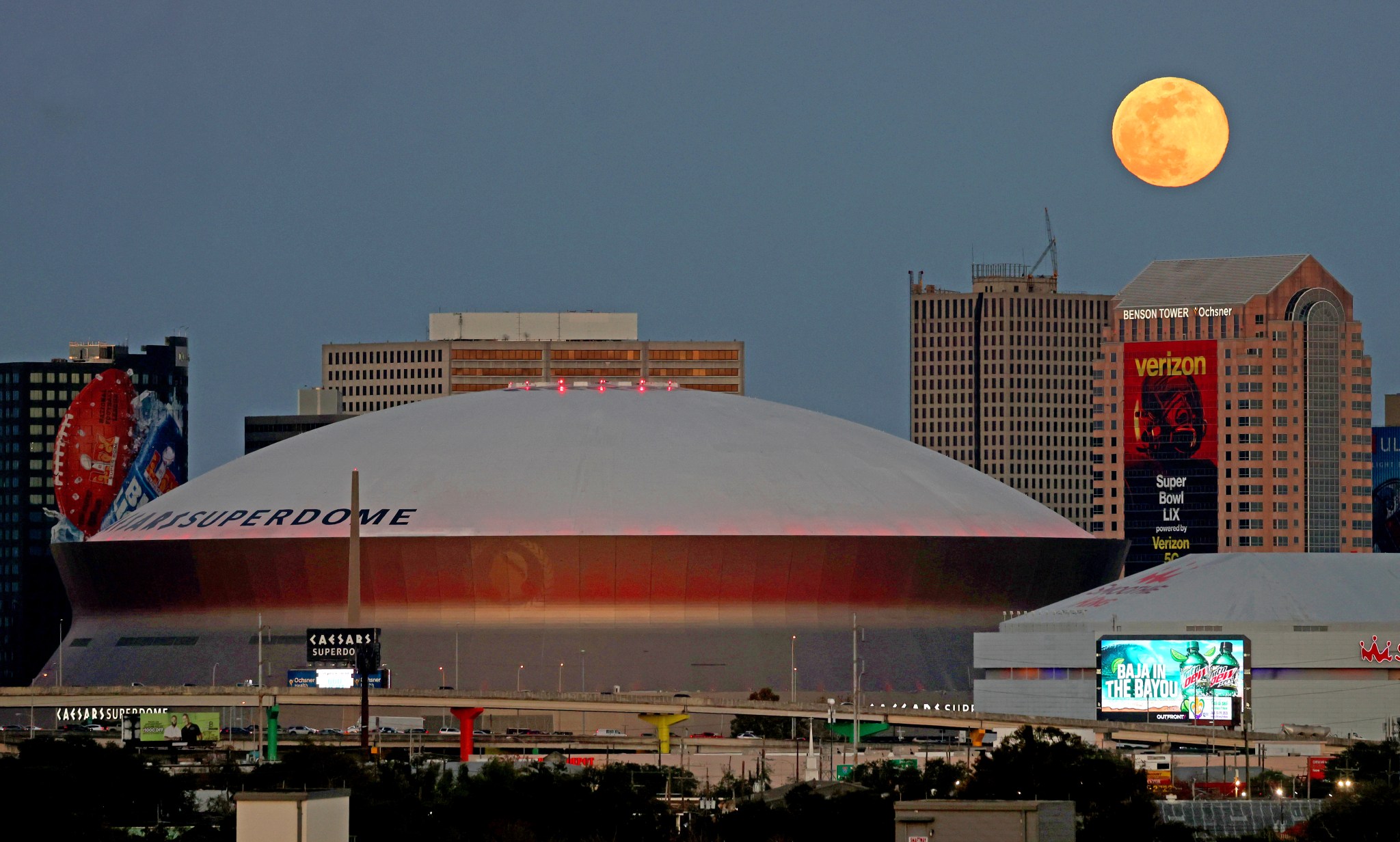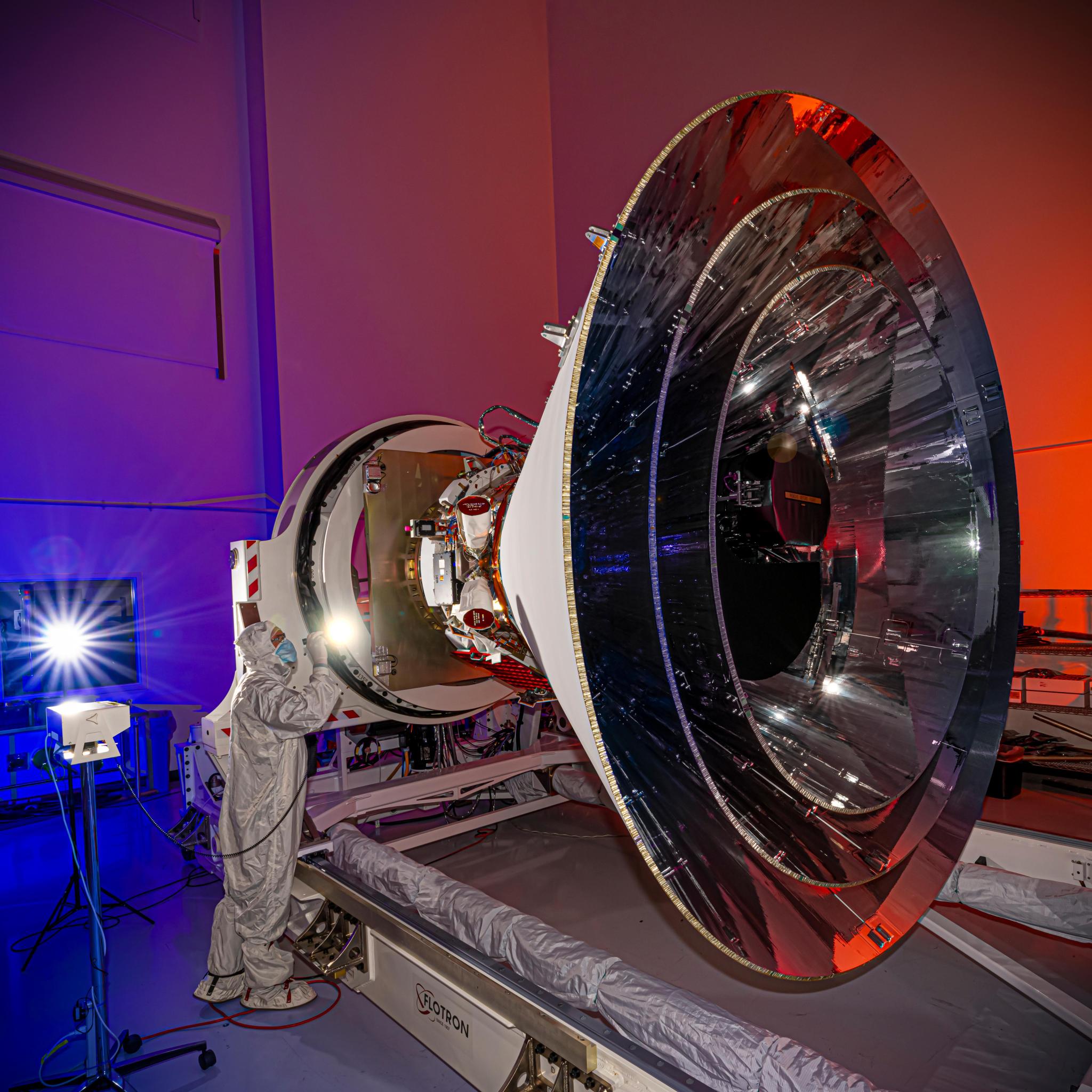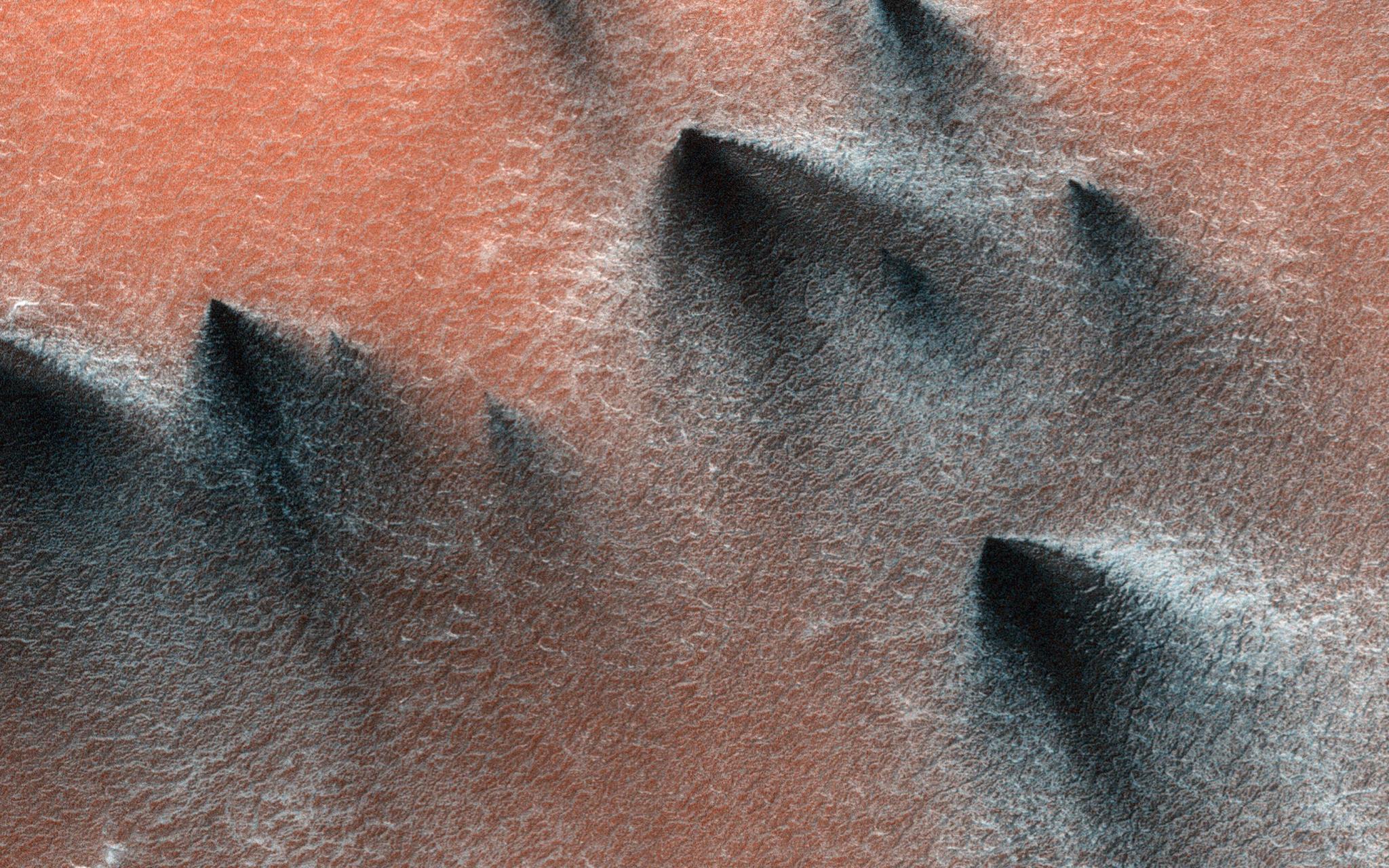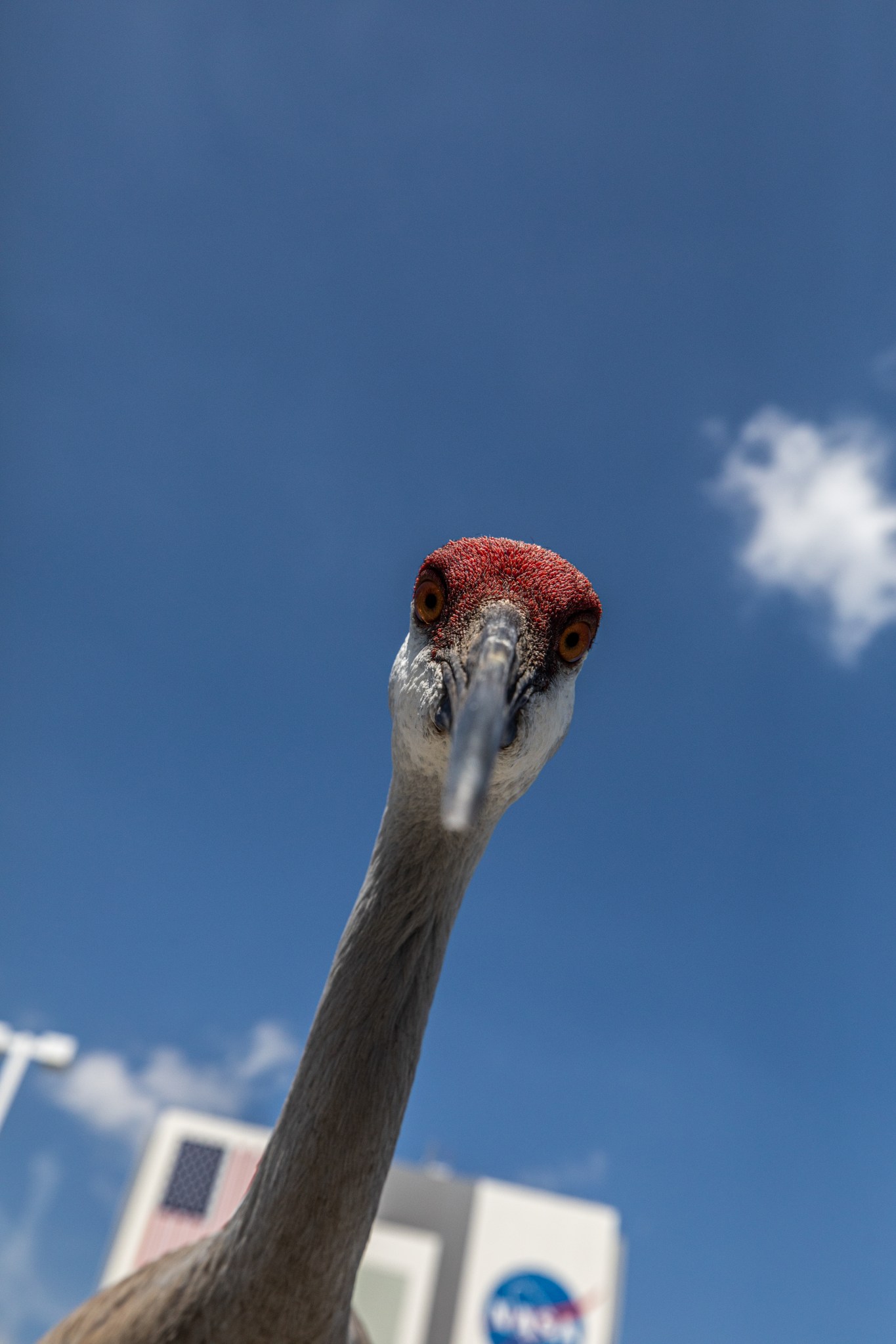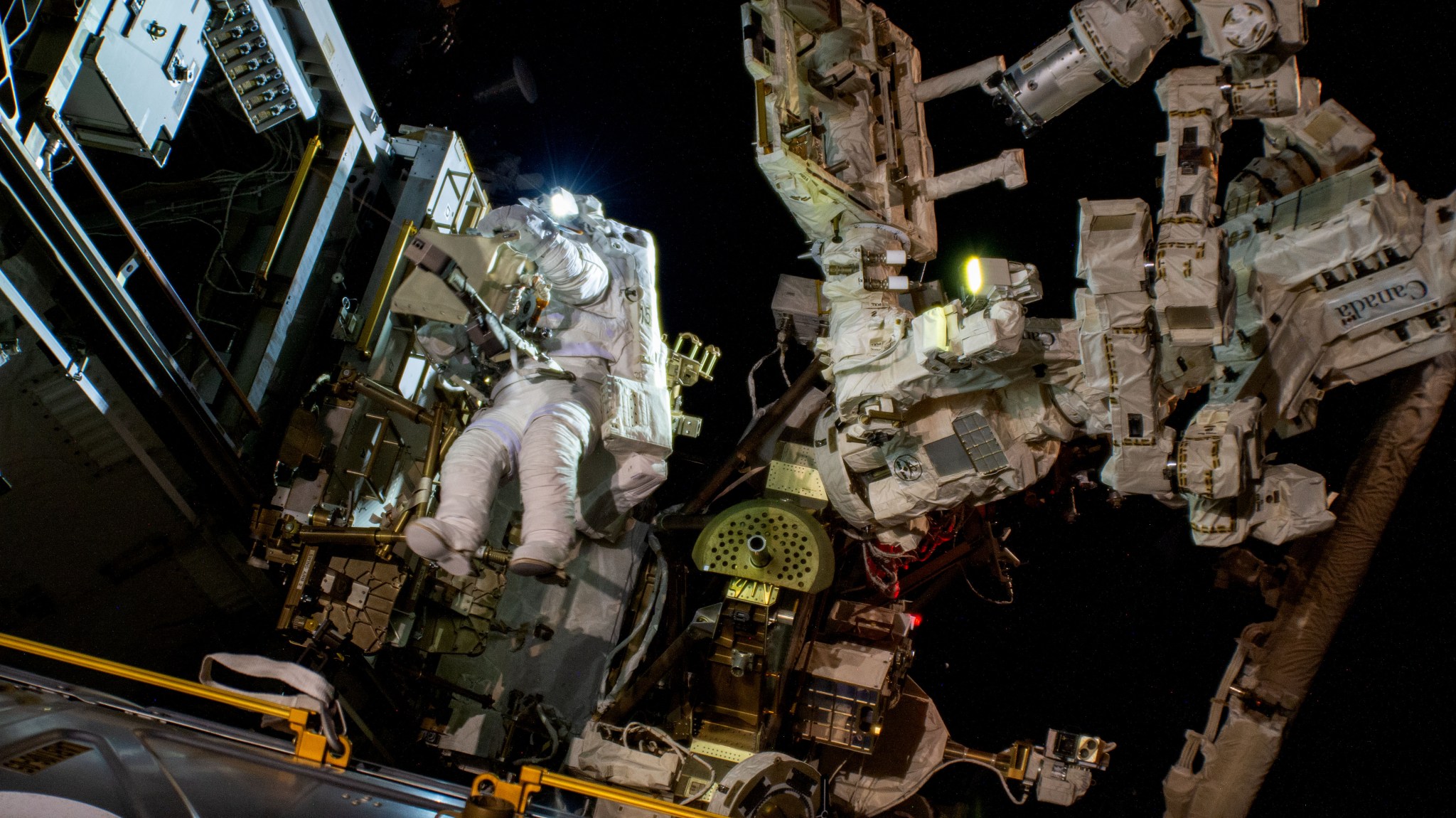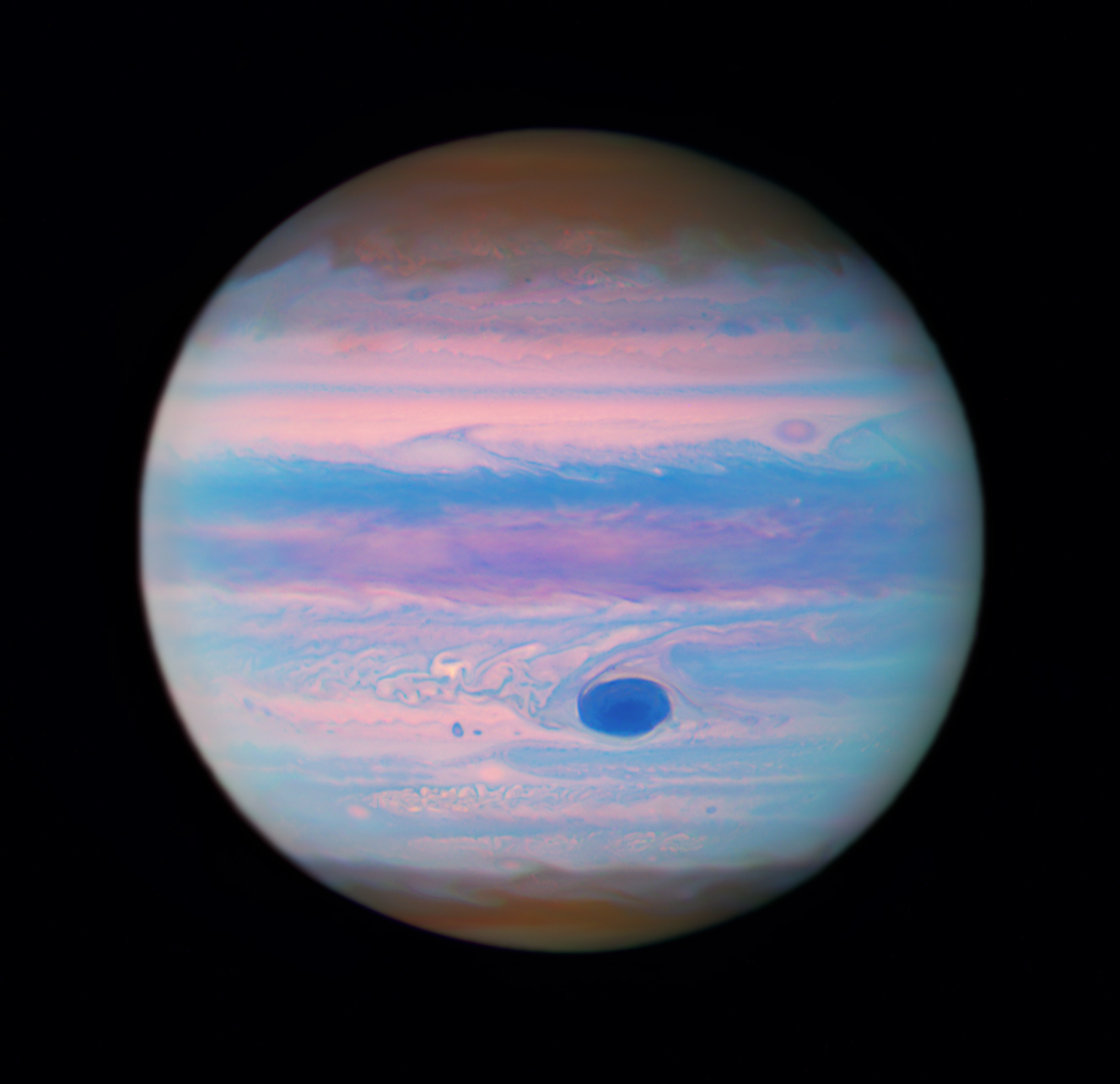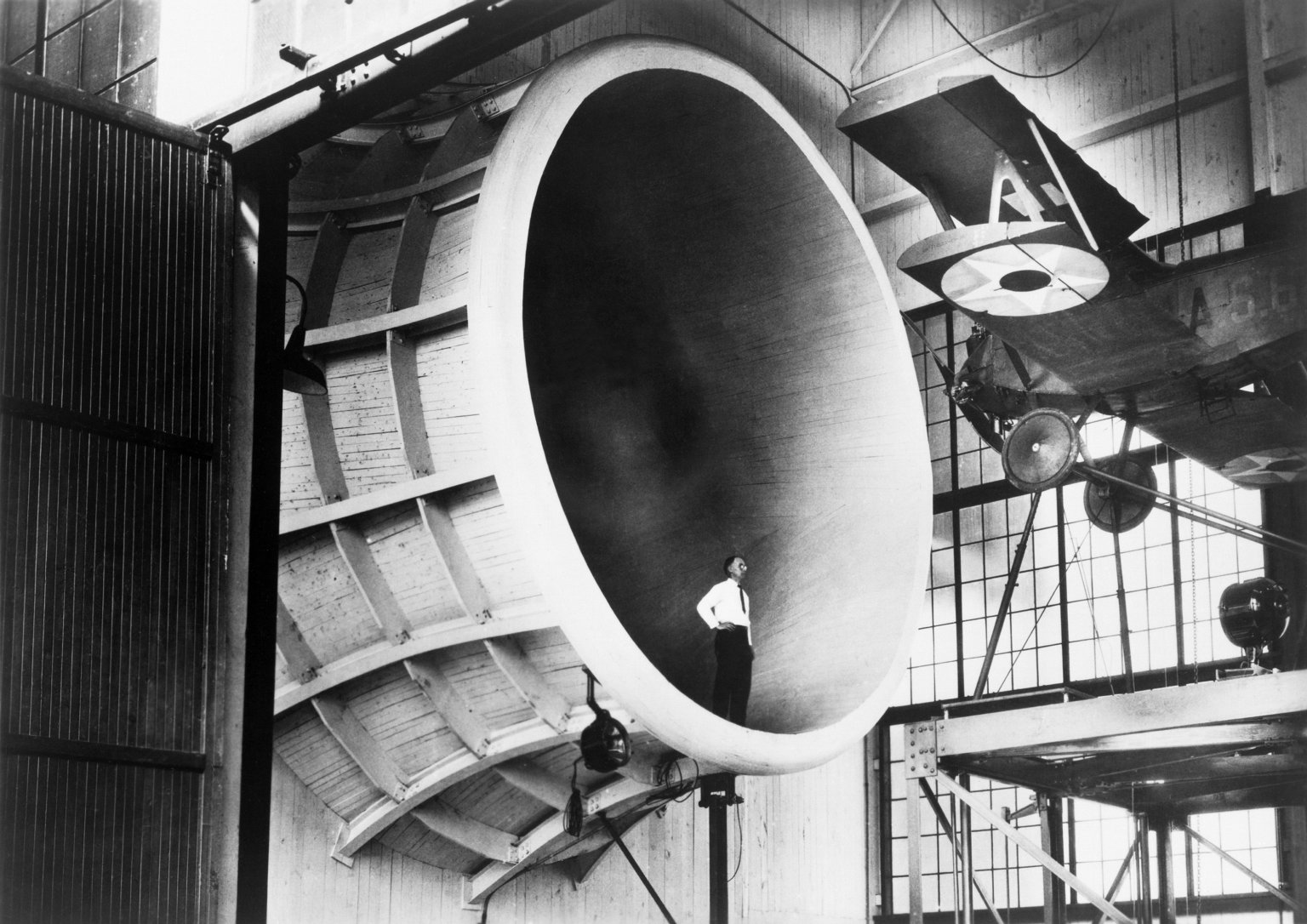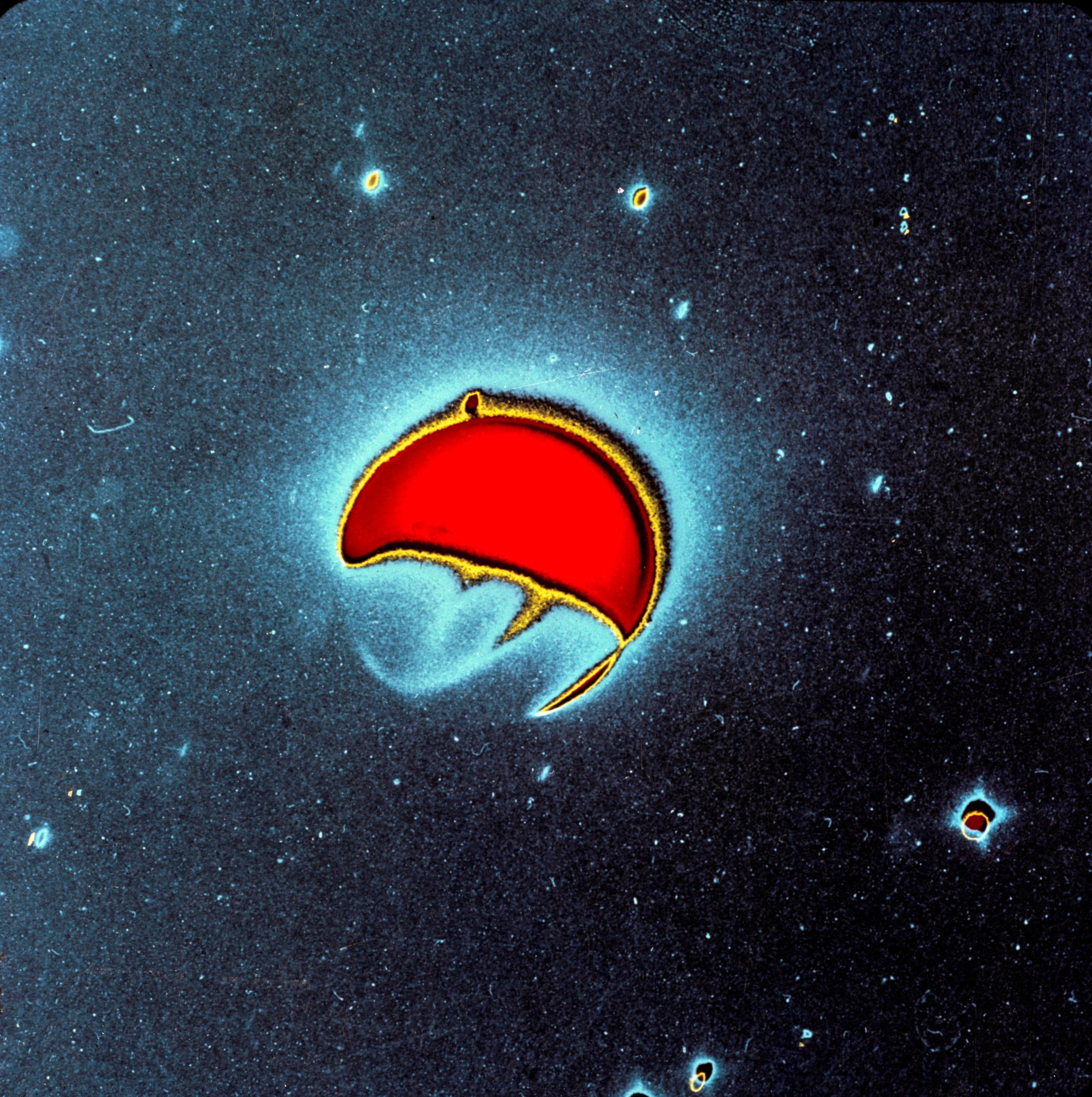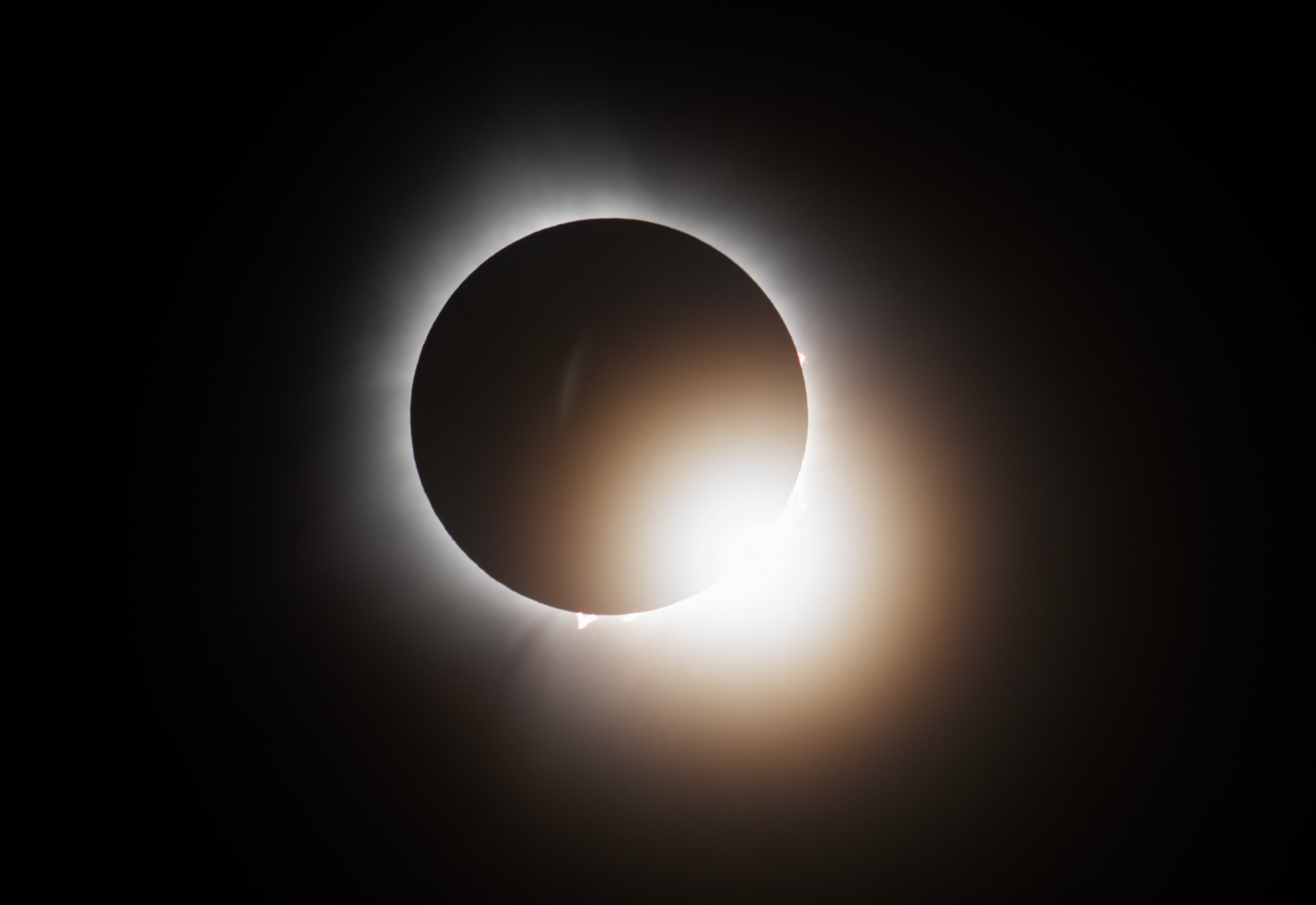Giving NASA’s CADRE a Hand
One of three small lunar rovers — part of a NASA technology demonstration called CADRE (Cooperative Autonomous Distributed Robotic Exploration) — is prepared for shipping in a clean room on Jan. 29, 2025, at NASA’s Jet Propulsion Laboratory in Southern California. The project is designed to show that a group of robots can collaborate to gather data without receiving direct commands from mission controllers on Earth, paving the way for potential future multirobot missions. The autonomous rovers, plus a base station and camera system, will launch to the Moon aboard IM-3, Intuitive Machines’ third lunar delivery, which has a mission window that extends into early 2026, as part of NASA’s CLPS (Commercial Lunar Payload Services) initiative. The CADRE hardware was delivered from NASA JPL to Intuitive Machines on Feb. 9, 2025.
Image credit: NASA/JPL-Caltech
